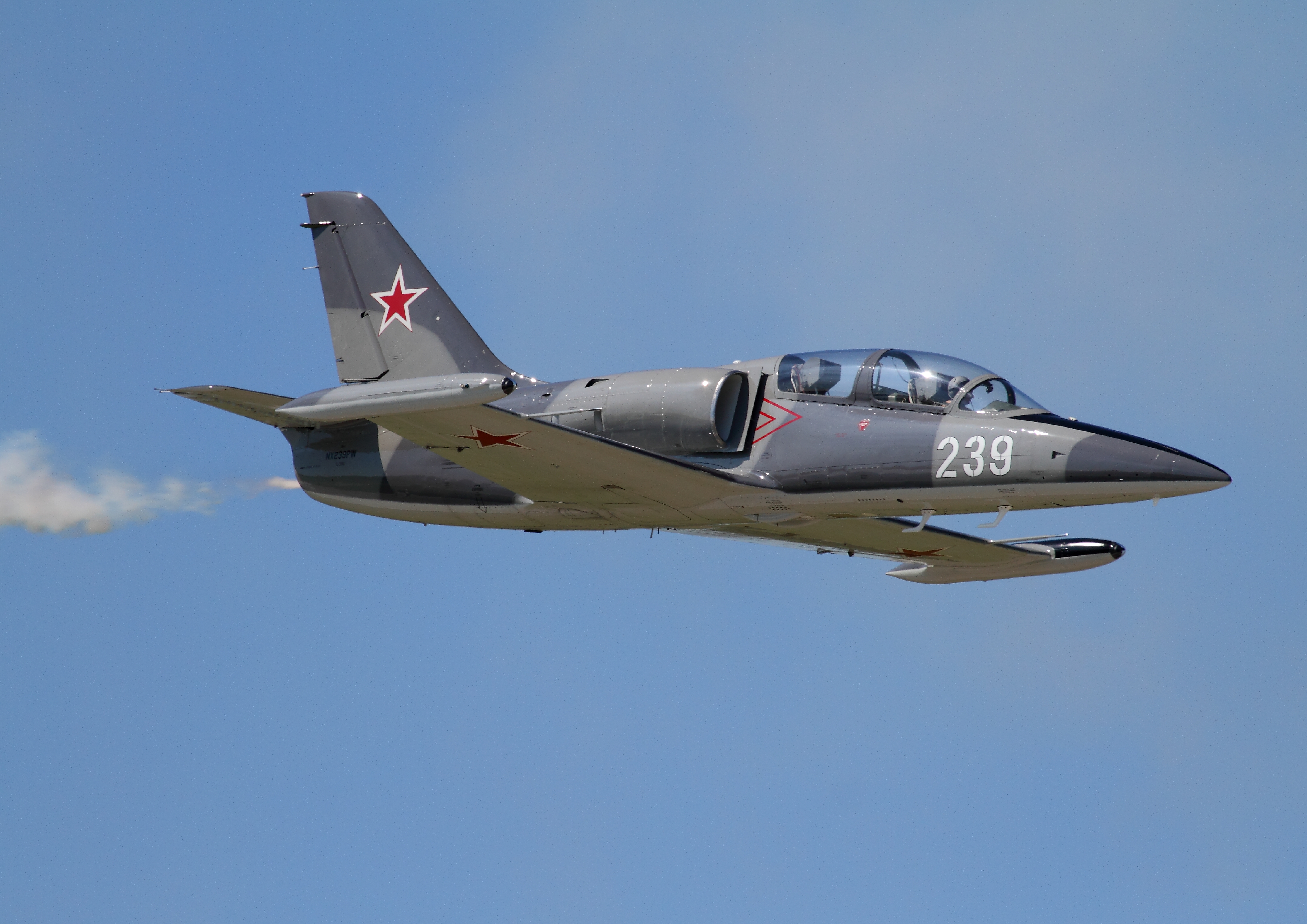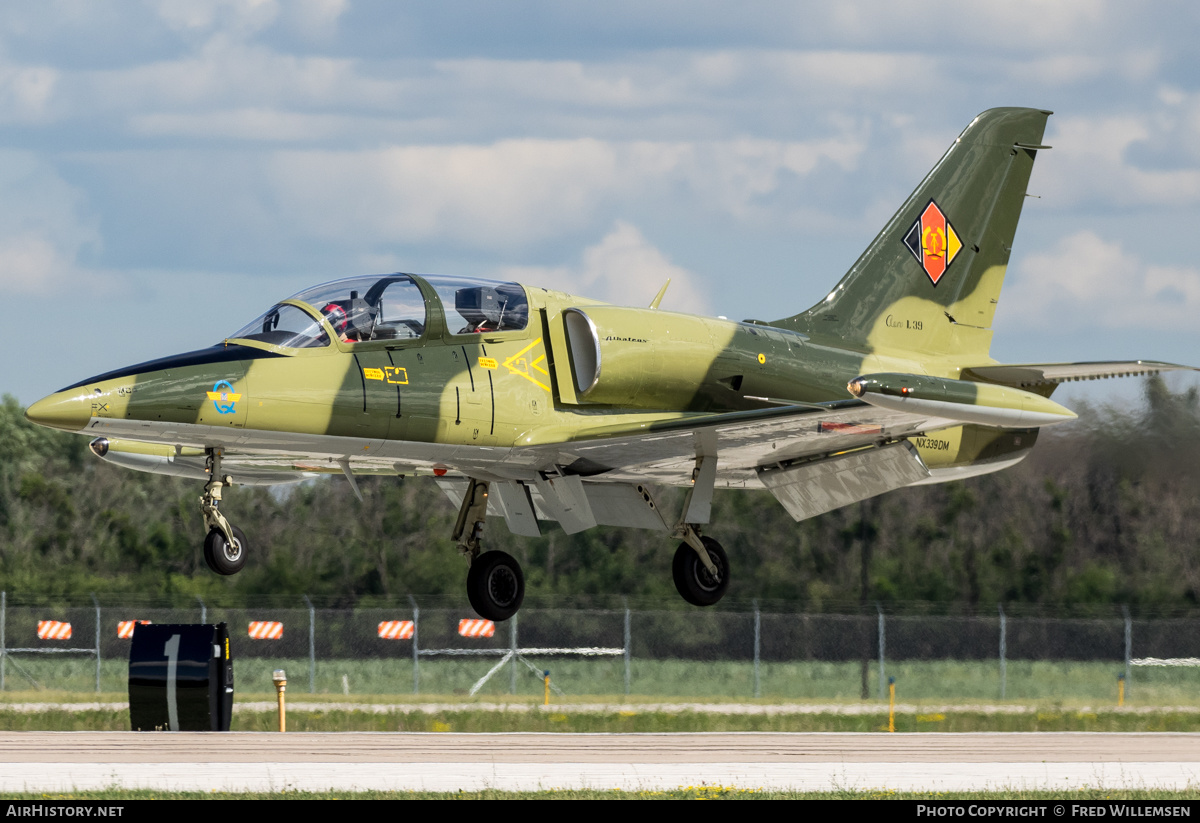L39 Aircraft - The L-39 Albatros is a two-seat single-engine aircraft designed and manufactured by Aero Vodochody for the Czechoslovak Air Force. It was the first aircraft with turbofan engines and was later upgraded to the L-59 Super Albatros.
The Aero L-39 Albatros is used as a versatile jet trainer, strategic reconnaissance aircraft and light ground fighter support.
L39 Aircraft

The aircraft was built on the basis of its predecessor, the L-29 Maya / Delfin aircraft. Approximately 2,900 L-39s are currently in service with 30 air forces worldwide.
L 39 Albatros Balsa Rc Model Kit
In June 2010, Algeria signed an agreement with Aero Vodochody for the supply of L-39 aircraft. In February 1999, another contract was signed with Yemen for the delivery of 12 L-39C jet trainers.
L-39X-01 – There are 12 versions of L-39, including X-07, L-39C, L-39CM, L-39M1, L-39V, L-39ZO, L-39ZA, L-39ZAM, L. -39ZA/ ART, L-39MS, L-139 Albatross 2000 and L-159.
The L-39C is an advanced version with two pylons under each wing and can be used for standard training missions.
The L-39ZO is a weapons trainer equipped with four pylons that can carry a payload of 1,150 kg. This version made its maiden flight in June 1975 and entered service in Iraq in 1977.
L 39 ,l 39za/art Albatros Of Royal Thai Air Force ,rtaf. Stock Photo, Picture And Royalty Free Image. Image 18646575
The L-39ZA is an armed variant based on the L-39ZO. It is armed with a 23 mm Gsh-23L double-barreled cannon and K-13 or R-60 air-to-air missiles.
The L-39MS is an extended version of the L-39 jet trainer. It has a reinforced frame, a longer nose, tandem seat cockpit and a Lotarev DV-2 engine.
The L-159 is a modern trainer compatible with foreign avionics and a Honeywell F124 engine. Aero and the Czech Army signed an upgrade contract for the L-159 aircraft in June 2017.

The latest L-39NG aircraft is a modern and efficient light jet designed to serve advanced air forces in light attack and/or as a single, robust training system. The aircraft is based on the new L-39 aerodynamic concept with optimized features to minimize drag and increase efficiency.
L 39c Albatros Warbird Heritage Foundation
Design of the L-39 trainer Jan Vicek began designing the L-39 in 1966. The aircraft is designed to perform basic and advanced pilot training, operational training, border patrol, target simulation and light combat attack missions.
It can contain five main rubber-bag fuel tanks behind the cab. Each fuel tank holds 1,055 liters of fuel.
Two more 100-liter fuel tanks are attached to the non-removable wingtips. The jet trainer is also equipped with two 350-litre drop tanks in the ship's wing struts, which brings the total fuel capacity to 1,955 liters.
Development of the L-39 Albatros began in the 1960s. The aircraft's first flight was completed in November 1968.
Aero L 39 Albatros Jet Moveable Control Surfaces Pilot Training Aid Model Military Airplanes
Full production was delayed to 1972 due to air intake design flaws. After the design flaws were corrected, the L-39 entered service with the Czechoslovak Air Force in 1974.
Features The L-39's long pointed nose mounted in the front cockpit has electronic equipment and an onboard oxygen generation system. The aircraft is equipped with a smoke generation system, exhaust system, tricycle landing gear, anti-collision lights and landing lights.
It is also equipped with SAFIR 5 Auxiliary Power Unit with automatic engine start for off-road and emergency starting.

The L-39 has a pressurized cockpit with two Czech VS-1-BRI rocket-assisted ejection seats with a slightly raised rear seat.
L 39 Albatros: Training Range For Rocket Delivery
The cockpit is equipped with mission computer, head-up display (HUD), multi-function display (MFD), air data computer (ADC) and dashboard control panel.
The instrument landing system, data friend or foe transponder, electronic readiness indicator system, tactical air navigation system and Bendix/King rangefinders are parts of the cockpit.
The communications and navigation equipment installed on the aircraft includes a throttle and stick control system, a very high frequency radio, a global positioning system and an inertial navigation system.
The avionics suite on the L-29 includes a horizontal position indicator, radio altimeter, intercom and radio control panel, radio magnetic indicator, backup radio control panel, electronic flight meter system and status direction and reference system.
Aero Handed Over Six L 39 Aircraft After Go To Uzbekistan
The L-39 has four rigid tips, two on each wing and two under the wing tips. It can carry a load of 1,000 kg. The machine is equipped with a 23 mm Gsh-23 double-barreled cannon, capable of firing ammunition at a rate of 150 rounds per minute.
The aircraft also carries FFAR or CRV-7 rockets and AIM-9 air-to-air missiles. All weapons can be controlled with the weapon control panel mounted on the front cockpit.
The L-39 Albatros is powered by a single Ivchenko AI-25 TL twin-shaft turbo engine capable of producing a maximum thrust of 16.87 kN.

The engine is 3.3 meters long and 0.98 meters wide. Height 0.95 m Each engine weighs approximately 350 kg and has a lifespan of 4,000 hours.
L 39 Albatros Trainer / Ground Attack Aircraft
The L-39 can climb at 21 m/s. The maximum speed of the aircraft is 910 km/h and the cruising speed is 750 km/h. The stopping speed is 158 km/h. The maximum range is 1,350 km.
The service ceiling is 11,000 m, the maximum duration is two hours and 45 minutes. The weight of the aircraft is about 3,400 kg, and the maximum take-off weight is 4,700 kg. The Aero L-39 Albatros is used as an agile jet, tactical reconnaissance aircraft and light ground support aircraft.
The Aero L-39 Albatros is used as an agile jet trainer, tactical reconnaissance aircraft, and light ground support fighter. The jet is mostly used to train pilots for future larger aircraft like the MiG-29 Fulcrum. However, the Albatros is still used by many air forces as an attack aircraft or tactical reconnaissance aircraft in air-to-ground support missions. Since its introduction in 1971, more than 2,800 aircraft in various versions have been produced. The L-39 Albatros is a modern jet trainer of the same generation as the F-14 Tomcat or MiG-23 Flogger and was launched shortly before the American F-15 Eagle or Russian MiG-29 Fulcrum.
The L-39 Albatros comes from a Czech production line. The Aero L-39 Albatros was produced in large numbers by the Aero Vodochody factories, the world's largest manufacturer of military trainers. In addition to the popular L-39 Albatros, Aero Vodochody produced its predecessor, the L-29 Delfin, and its successor, the L-159 Alca, a ground attack aircraft. In addition, Aero Vodochody has produced licensed MiG models such as the MiG-15 offered by the Czech Republic.
Aero L 39ng
We are proud that this aircraft manufacturer's test pilots fly our customers on their aircraft. These Aero test pilots are among the best and know their planes better than anyone in the world. And even after thousands of hours they are enjoying every flight in their jet - you feel it.
The L-39 Albatros is our smallest and most affordable jet and is available in many places. It is a training aircraft that can also be used for ground targets. The L-39 Albatros impresses with good maneuverability thanks to the stepped tandem cockpit and excellent visibility from both seats in the cockpit. Its very good performance at subsonic speeds makes the L-39 Albatros an ideal aircraft for a cost-effective flight experience in a true fighter jet. The Aero L-39 Albatros is a high performance jet trainer developed to fill the "C-39" in Czechoslovakia (C,
- trainer) will replace the L-29 Delfin in the 1960s. It is the first of the second generation jet trainers and the first turbofan trainer produced. The design is still being produced in an improved state as the L-159 ALCA. Albatros – the world's most widely used jet trainer, with more than 2,800 serving in more than 30 air forces worldwide in light attack missions and basic and advanced jet pilot training. The L-39 (called Prototype X-02) was first flown on November 4, 1969 by Rudolf Duchoň, a factory test pilot. Mass production began in 1971.

The basic trainer is unarmed, but has underwing pylons for tanks and training guns. Light attack versions have four lower wing fixed points for ground attack depots; The ZA also has an underbody gun holster. The L-39 is no longer in production and will be replaced by the L-159.
Uat Adds Another L 39 To Their Upset Prevention And Recovery Training Program
Although older L-39s currently in service have been replaced by newer versions, thousands are still in active service as trainers, and many are finding new homes with private owners around the world. This is particularly evident in the United States, where the $200,000 to $300,000 price tag puts them among moderately wealthy pilots seeking a fast, agile personal jet. Their popularity led to the L-39 Jet class entirely at Reno Air Races, but has since been expanded to include other similar aircraft.
The American Airpower Museum currently has three L-39s in its collection. The museum flies two L-39Cs and an L-39ZA, an armed combat version of the Albatross. L-39s hold local demos and air shows during the spring and summer seasons. It is part of the Cold War collection on display at the American Air Force Museum.
Aeroplane:
Sophos intercept, intercept pharma, intercept survey, intercept associates, intercept x, intercept text, lawful intercept, intercept reno, intercept, quadrum intercept, intercept pharmaceuticals, ocaliva intercept
0 Comments